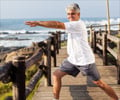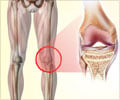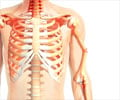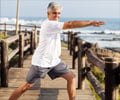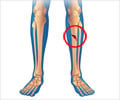The results of an international consensus process to establish exercise recommendations for people with osteoporosis, with or without spine fractures were presented.

Using the Grading of Recommendations Assessment, Development and Evaluation (GRADE) method, the international multidisciplinary panel examined literature on exercise effects on: 1) falls, fractures, BMD, and adverse events for individuals with osteoporosis or spine fractures; and 2) pain, quality of life, and physical function after spine fracture. Evidence was rated as high, moderate, low, or very low.
In addition, a consensus process was used to established recommendations on assessment, exercise, and physical activity in the context of three cases with varying risk - one having osteoporosis based on bone density; one having osteoporosis and 1 spine fracture; and one having osteoporosis and multiple spine fractures, hyperkyphosis and pain.
The panel recommends that all individuals with osteoporosis should engage in a multicomponent exercise program that includes resistance and balance training; they should not engage in aerobic training to the exclusion of resistance or balance training.
Other key points included:
- current national physical activity guidelines are appropriate for individuals with osteoporosis in the absence of spine fracture, but not for those with spine fracture;
- after spine fracture, aerobic activity of moderate intensity is preferred to vigorous; physical therapy consultation is recommended;
- daily balance training and endurance training for spinal extensor muscles are recommended for all individuals with osteoporosis;
- restrictions are a disincentive to activity participation, and for people with osteoporosis but no history of spine fracture, desired activities should be encouraged if they can be performed safely or modified;
- health care providers should provide guidance on safe movement, rather than providing generic restrictions (e.g., lifting);
- physical or occupational therapist consult is recommended for advice on exercise and physical activity among those with a history of spine fracture, particularly in the presence of balance or posture impairments, pain, comorbid conditions or that increase the risk of adverse events with exercise or activity, or unsafe movement patterns.
Advertisement
Source-Eurekalert

